What is it?

The upgraded Pulsar 150. Upgraded, because it needed to meet the new-for-2017 BS-lV emission norms. There is nothing cosmetically different about it other than a blanked-out headlamp switch and a new set of graphics. If you look closely you’ll see rim tapes as well. Other than this, there isn’t anything that will differentiate it from any older Pulsar model.
How does it ride?

The same as any Pulsar 150 – quick off the line, and a strong mid-range leading up to a top end that is slightly out of puff. Considering the competition though, the 15bhp/12Nm figures are quite impressive. However, this advantage feels like it might only be on paper and not in the real world. Nevertheless, for the target market, it is a nippy product that will help slice through traffic. Handling over the years has improved, and the ride/handling balance is one that errs on the side of city manoeuvrability. Out on the highway, crosswinds tend to upset the Pulsar rather easily. Special mention needs to be made of the front brake – it is a grippy, progressive one with gobs of feel. The tyres are Eurogrips that help contribute to its fuel efficiency, but we’d have preferred to have a little more grip under braking, considering the power of that front disc.

The seating position is a rather strange one, and the larger you are, the more uncomfortable it becomes. The seat is also a little too soft to be comfortable over long rides. Build quality is great, though, with the paint being especially good-looking, and the carbon-fibre finish around the clocks giving a neat touch of sportiness. It gets the standard set of features for the class – an analog tachometer with digital speedo, odometer and twin trip meters. In an age where everyone seems to be going all-digital, the analog tacho is a pleasant retention for those of us who are old school.
Anything else I should know?

It is the same bang-for-your-buck Pulsar that we’ve had all these years, and it hasn’t changed. It feels like one of the older-generation 150s with its vibrations and styling cues, but the poke off the line is enough to satisfy those who have been riding the new generation of 150s as well, which is commendable.
Why should I buy one?

Because you want maximum bang for your buck. The Pulsar is a cheap and cheerful alternative for those who want performance on a budget. The spares pricing has always been one of the strong points of the Pulsar range, and the 150 is no exception – this is one easy-to-maintain motorcycle.
Where does it fit in?

The Pulsar 150’s (₹ 77,000) direct rival is the Honda CB Unicorn 150 (₹ 76000), but one can throw the TVS Apache RTR 160 (₹ 77000) and the Yamaha SZ-RR (₹ 72000) into the mix as well.
Photos by Kapil Angane
Gear check

1. Nuvo 'Foul Plugs' helmet Not on sale for a while now, this helmet meets ECER22-05 ratings and has a double-D ring strap all at a very affordable price. Not to mention a very neat little cartoon story as well. Price: (approx) ₹ 6000
2. Scorpion Hat Trick Mesh/Textile jacket Although not on sale for a while now, the Hat Trick is a jacket that is protective yet allows decent airflow. The fleece liner keeps you warm enough, and the waterproof liner makes it truly impermeable, even in a Mumbai monsoon. Drying it out takes a while, though. Price: ₹ 15600 (Scorpion Phalanx)
3. Royal Enfield Spiti riding gloves Made for comfortable touring, these short-cuff gloves offer a lot of comfort right from the first ride. Price: ₹ 3200
4. Joe Rocket Phoenix 2.0 pants Mesh is a wonderful thing in our heat, and the Joe Rocket Phoenix mesh pants manage an ideal combination of protection via the removable armour and airflow. Price: ₹ 9600 (Phoenix Ion)
5. Royal Enfield long riding boots With a little inspiration from both off-road boots and touring boots, the RE long riding boots are comfortable and yet protective. Price: ₹ 11,000
Gallery
1/75
Bajaj Pulsar 150 Front Three-Quarter
Double Tap to Zoom
























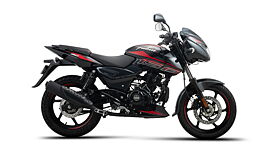
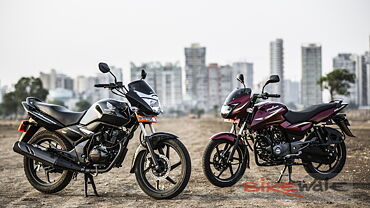
















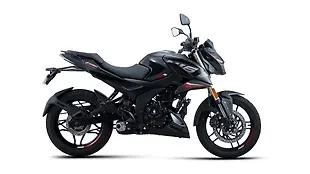
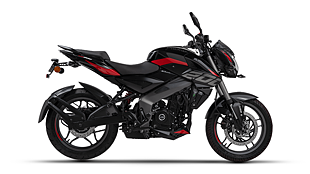
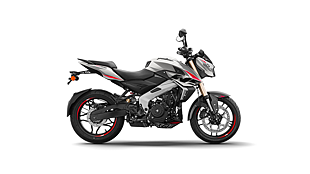





![KTM 390 Adventure X [2025] KTM 390 Adventure X [2025]](https://imgd.aeplcdn.com/272x153/n/cw/ec/190885/390-adventure-x-2025-right-side-view.jpeg?isig=0&q=80)